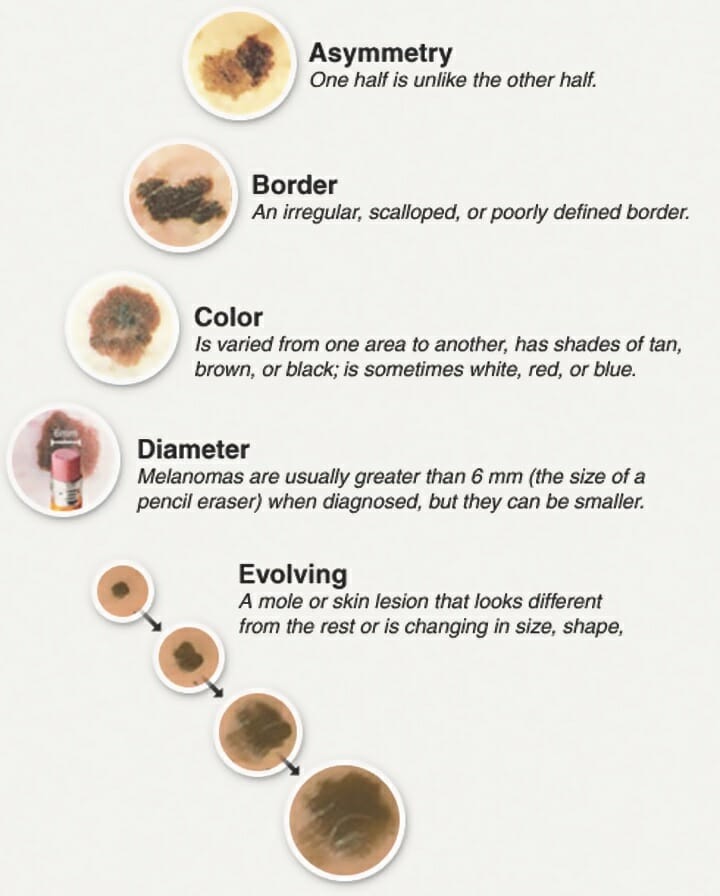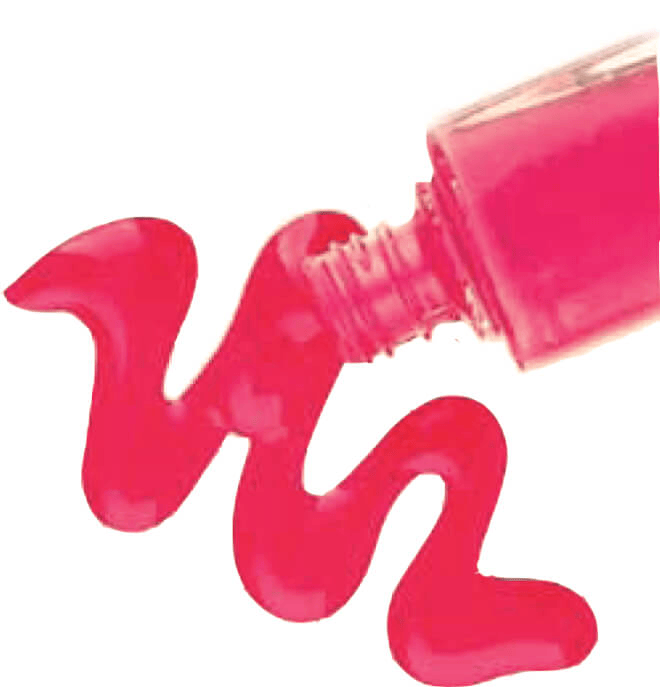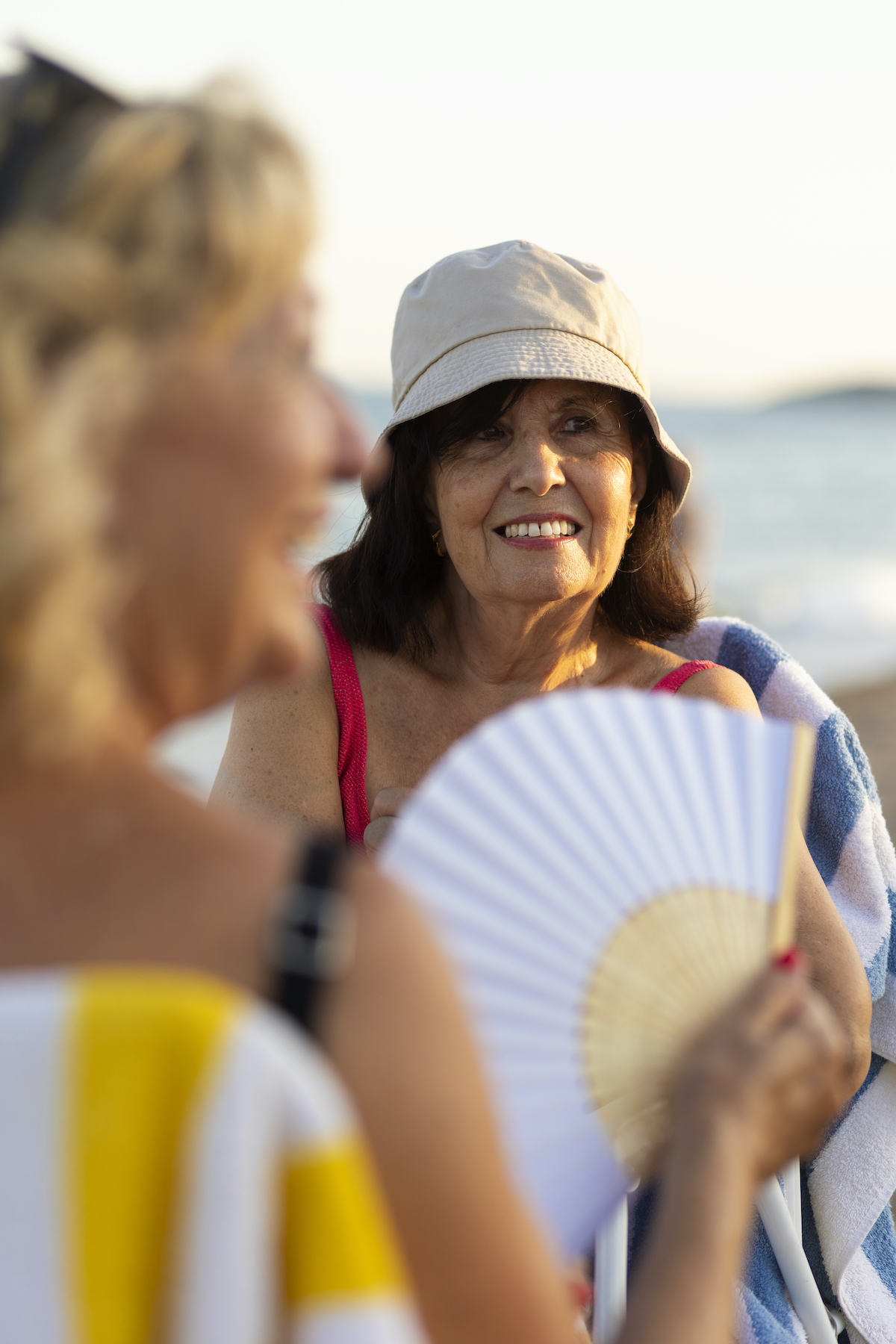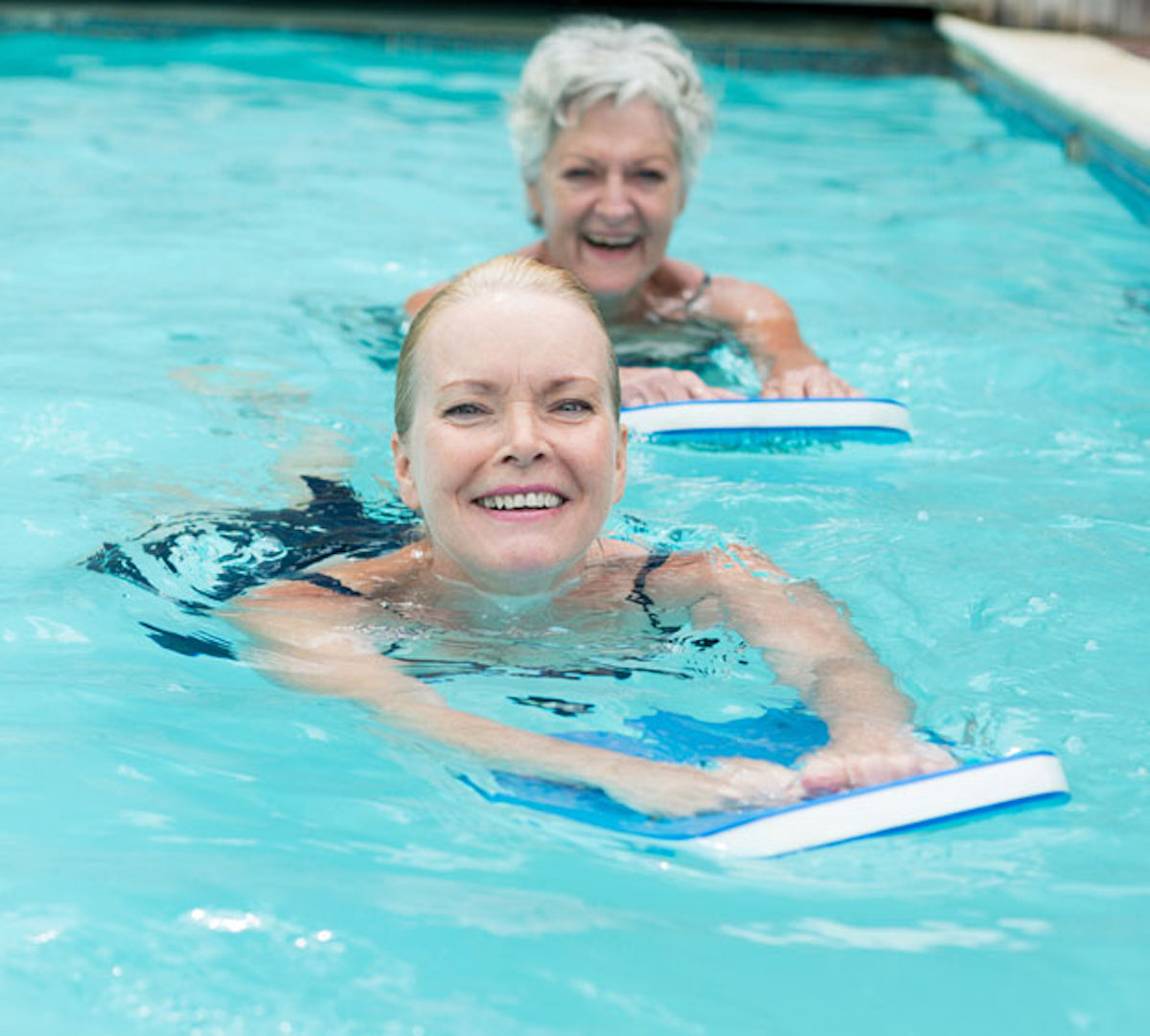Sun safety is never out of season. Summer in the South and the fun in the sun that naturally goes with it … equals a spike in sunburns, no matter the color of your skin.
The need for sun safety has become clear over the past 20 years, with studies showing that excessive exposure to the sun can cause skin cancer. Harmful rays from the sun—and from sunlamps and tanning beds—may also cause eye problems, weaken your immune system, and give you unsightly skin spots and wrinkles, or “leathery” skin.
Sun damage to the body is caused by invisible ultraviolet (UV) radiation, which reaches us as long wavelengths known as UVA and short wavelengths known as UVB. UVB radiation can cause sunburn. But the longer wavelength UVA is dangerous too, as it can penetrate the skin and damage tissue at deeper levels.
Tanning is a sign of the skin reacting to potentially damaging UV radiation by producing additional pigmentation that provides it with some—but not nearly enough—protection against sunburn.
No matter what our skin color, we’re all potential victims of sunburn and the other detrimental effects of excessive exposure to UV radiation. Although we all need to take precautions to protect our skin, people who need to be especially careful in the sun are those who have
pale skin
blonde, red or light brown hair
been treated for skin cancer
a family member who’s had skin cancer
If you have an illness and/or take medications, ask your doctor about extra sun-care precautions, because some medications may increase sensitivity to the sun. Cosmetics that contain alpha hydroxy acids (AHAs) also may increase sun sensitivity and susceptibility to sunburn. Look for FDA’s recommended sunburn alert statement on products that contain AHAs.
Reduce time in the sun
This is especially recommended from 10 a.m. to 4 p.m., when the sun’s rays are strongest. Even on an overcast day, up to 80% of the sun’s UV rays can get through the clouds. Stay in the shade as much as possible throughout the day.
Dress with care
Wear clothes that protect your body. Cover as much of your body as possible if you plan to be outside on a sunny day. Wear a wide-brimmed hat, long sleeves and long pants. Sun-protective clothing is now available in stores. However, the FDA does not regulate such products unless the manufacturer intends to make a medical claim. Consider using an umbrella for shade.
Be serious about sunscreen
Check product labels to make sure you get a “sun protection factor” (SPF) of 15 or more—SPF represents the degree to which a sunscreen can protect the skin from sunburn. The higher the number, the better the protection against UVA and UVB. Water resistance is important. Choose a sunscreen that stays on your skin longer, even if it gets wet. “Water-resistant” does not mean “waterproof.” Water-resistant sunscreens need to be reapplied as instructed on the label. Give babies and children extra care in the sun. Ask a doctor before applying sunscreen to children under 6 months old. Apply sunscreen to children older than 6 months every time they go out.
Don’t forget your eyes
Sunlight reflecting off sand, pavement or water further increases exposure to UV radiation, increasing your risk of developing eye problems such as cataracts. Long hours on the beach or at summer events without adequate eye protection also can result in a short-term condition known as photokeratitis, or reversible sunburn of the cornea.
When buying sunglasses it’s advised to look for a label that specifically offers 99-100% UV protection. This assures that the glasses block both forms of UV radiation. Eyewear should be labeled “sunglasses.” Be wary of dark or tinted eyewear sold as fashion accessories that may provide little or no protection from UV or visible light. Don’t assume that you get more UV protection with pricier sunglasses or glasses with a darker tint. Be sure that your sunglasses don’t distort colors and affect the recognition of traffic signals. You can ask an eye care professional to test your sunglasses if you’re not sure of their level of UV protection.
People who wear contact lenses that offer UV protection should still wear sunglasses. Consider that light can still enter from the sides of sunglasses. Those that wrap all the way around the temples can help. Children should wear real sunglasses—not toy sunglasses— that indicate the UV protection level. Polycarbonate lenses
Sun safety is never out of season. Summer in the South and the fun in the sun that naturally goes with it … equals a spike in sunburns, no matter the color of your skin.
The need for sun safety has become clear over the past 20 years, with studies showing that excessive exposure to the sun can cause skin cancer. Harmful rays from the sun—and from sunlamps and tanning beds—may also cause eye problems, weaken your immune system, and give you unsightly skin spots and wrinkles, or “leathery” skin.
Sun damage to the body is caused by invisible ultraviolet (UV) radiation, which reaches us as long wavelengths known as UVA and short wavelengths known as UVB. UVB radiation can cause sunburn. But the longer wavelength UVA is dangerous too, as it can penetrate the skin and damage tissue at deeper levels.
Tanning is a sign of the skin reacting to potentially damaging UV radiation by producing additional pigmentation that provides it with some—but not nearly enough—protection against sunburn.
No matter what our skin color, we’re all potential victims of sunburn and the other detrimental effects of excessive exposure to UV radiation. Although we all need to take precautions to protect our skin, people who need to be especially careful in the sun are those who have
pale skin
blonde, red or light brown hair
been treated for skin cancer
a family member who’s had skin cancer
If you have an illness and/or take medications, ask your doctor about extra sun-care precautions, because some medications may increase sensitivity to the sun. Cosmetics that contain alpha hydroxy acids (AHAs) also may increase sun sensitivity and susceptibility to sunburn. Look for FDA’s recommended sunburn alert statement on products that contain AHAs.
Reduce time in the sun
This is especially recommended from 10 a.m. to 4 p.m., when the sun’s rays are strongest. Even on an overcast day, up to 80% of the sun’s UV rays can get through the clouds. Stay in the shade as much as possible throughout the day.
Dress with care
Wear clothes that protect your body. Cover as much of your body as possible if you plan to be outside on a sunny day. Wear a wide-brimmed hat, long sleeves and long pants. Sun-protective clothing is now available in stores. However, the FDA does not regulate such products unless the manufacturer intends to make a medical claim. Consider using an umbrella for shade.
Be serious about sunscreen
Check product labels to make sure you get a “sun protection factor” (SPF) of 15 or more—SPF represents the degree to which a sunscreen can protect the skin from sunburn. The higher the number, the better the protection against UVA and UVB. Water resistance is important. Choose a sunscreen that stays on your skin longer, even if it gets wet. “Water-resistant” does not mean “waterproof.” Water-resistant sunscreens need to be reapplied as instructed on the label. Give babies and children extra care in the sun. Ask a doctor before applying sunscreen to children under 6 months old. Apply sunscreen to children older than 6 months every time they go out.
Don’t forget your eyes
Sunlight reflecting off sand, pavement or water further increases exposure to UV radiation, increasing your risk of developing eye problems such as cataracts. Long hours on the beach or at summer events without adequate eye protection also can result in a short-term condition known as photokeratitis, or reversible sunburn of the cornea.
When buying sunglasses it’s advised to look for a label that specifically offers 99-100% UV protection. This assures that the glasses block both forms of UV radiation. Eyewear should be labeled “sunglasses.” Be wary of dark or tinted eyewear sold as fashion accessories that may provide little or no protection from UV or visible light. Don’t assume that you get more UV protection with pricier sunglasses or glasses with a darker tint. Be sure that your sunglasses don’t distort colors and affect the recognition of traffic signals. You can ask an eye care professional to test your sunglasses if you’re not sure of their level of UV protection.
People who wear contact lenses that offer UV protection should still wear sunglasses. Consider that light can still enter from the sides of sunglasses. Those that wrap all the way around the temples can help. Children should wear real sunglasses—not toy sunglasses— that indicate the UV protection level. Polycarbonate lenses
Sun safety is never out of season. Summer in the South and the fun in the sun that naturally goes with it … equals a spike in sunburns, no matter the color of your skin.
The need for sun safety has become clear over the past 20 years, with studies showing that excessive exposure to the sun can cause skin cancer. Harmful rays from the sun—and from sunlamps and tanning beds—may also cause eye problems, weaken your immune system, and give you unsightly skin spots and wrinkles, or “leathery” skin.
Sun damage to the body is caused by invisible ultraviolet (UV) radiation, which reaches us as long wavelengths known as UVA and short wavelengths known as UVB. UVB radiation can cause sunburn. But the longer wavelength UVA is dangerous too, as it can penetrate the skin and damage tissue at deeper levels.
Tanning is a sign of the skin reacting to potentially damaging UV radiation by producing additional pigmentation that provides it with some—but not nearly enough—protection against sunburn.
No matter what our skin color, we’re all potential victims of sunburn and the other detrimental effects of excessive exposure to UV radiation. Although we all need to take precautions to protect our skin, people who need to be especially careful in the sun are those who have
pale skin
blonde, red or light brown hair
been treated for skin cancer
a family member who’s had skin cancer
If you have an illness and/or take medications, ask your doctor about extra sun-care precautions, because some medications may increase sensitivity to the sun. Cosmetics that contain alpha hydroxy acids (AHAs) also may increase sun sensitivity and susceptibility to sunburn. Look for FDA’s recommended sunburn alert statement on products that contain AHAs.
Reduce time in the sun
This is especially recommended from 10 a.m. to 4 p.m., when the sun’s rays are strongest. Even on an overcast day, up to 80% of the sun’s UV rays can get through the clouds. Stay in the shade as much as possible throughout the day.
Dress with care
Wear clothes that protect your body. Cover as much of your body as possible if you plan to be outside on a sunny day. Wear a wide-brimmed hat, long sleeves and long pants. Sun-protective clothing is now available in stores. However, the FDA does not regulate such products unless the manufacturer intends to make a medical claim. Consider using an umbrella for shade.
Be serious about sunscreen
Check product labels to make sure you get a “sun protection factor” (SPF) of 15 or more—SPF represents the degree to which a sunscreen can protect the skin from sunburn. The higher the number, the better the protection against UVA and UVB. Water resistance is important. Choose a sunscreen that stays on your skin longer, even if it gets wet. “Water-resistant” does not mean “waterproof.” Water-resistant sunscreens need to be reapplied as instructed on the label. Give babies and children extra care in the sun. Ask a doctor before applying sunscreen to children under 6 months old. Apply sunscreen to children older than 6 months every time they go out.
Don’t forget your eyes
Sunlight reflecting off sand, pavement or water further increases exposure to UV radiation, increasing your risk of developing eye problems such as cataracts. Long hours on the beach or at summer events without adequate eye protection also can result in a short-term condition known as photokeratitis, or reversible sunburn of the cornea.
When buying sunglasses it’s advised to look for a label that specifically offers 99-100% UV protection. This assures that the glasses block both forms of UV radiation. Eyewear should be labeled “sunglasses.” Be wary of dark or tinted eyewear sold as fashion accessories that may provide little or no protection from UV or visible light. Don’t assume that you get more UV protection with pricier sunglasses or glasses with a darker tint. Be sure that your sunglasses don’t distort colors and affect the recognition of traffic signals. You can ask an eye care professional to test your sunglasses if you’re not sure of their level of UV protection.
People who wear contact lenses that offer UV protection should still wear sunglasses. Consider that light can still enter from the sides of sunglasses. Those that wrap all the way around the temples can help. Children should wear real sunglasses—not toy sunglasses— that indicate the UV protection level. Polycarbonate lenses
Sun safety is never out of season. Summer in the South and the fun in the sun that naturally goes with it … equals a spike in sunburns, no matter the color of your skin.
The need for sun safety has become clear over the past 20 years, with studies showing that excessive exposure to the sun can cause skin cancer. Harmful rays from the sun—and from sunlamps and tanning beds—may also cause eye problems, weaken your immune system, and give you unsightly skin spots and wrinkles, or “leathery” skin.
Sun damage to the body is caused by invisible ultraviolet (UV) radiation, which reaches us as long wavelengths known as UVA and short wavelengths known as UVB. UVB radiation can cause sunburn. But the longer wavelength UVA is dangerous too, as it can penetrate the skin and damage tissue at deeper levels.
Tanning is a sign of the skin reacting to potentially damaging UV radiation by producing additional pigmentation that provides it with some—but not nearly enough—protection against sunburn.
No matter what our skin color, we’re all potential victims of sunburn and the other detrimental effects of excessive exposure to UV radiation. Although we all need to take precautions to protect our skin, people who need to be especially careful in the sun are those who have
pale skin
blonde, red or light brown hair
been treated for skin cancer
a family member who’s had skin cancer
If you have an illness and/or take medications, ask your doctor about extra sun-care precautions, because some medications may increase sensitivity to the sun. Cosmetics that contain alpha hydroxy acids (AHAs) also may increase sun sensitivity and susceptibility to sunburn. Look for FDA’s recommended sunburn alert statement on products that contain AHAs.
Reduce time in the sun
This is especially recommended from 10 a.m. to 4 p.m., when the sun’s rays are strongest. Even on an overcast day, up to 80% of the sun’s UV rays can get through the clouds. Stay in the shade as much as possible throughout the day.
Dress with care
Wear clothes that protect your body. Cover as much of your body as possible if you plan to be outside on a sunny day. Wear a wide-brimmed hat, long sleeves and long pants. Sun-protective clothing is now available in stores. However, the FDA does not regulate such products unless the manufacturer intends to make a medical claim. Consider using an umbrella for shade.
Be serious about sunscreen
Check product labels to make sure you get a “sun protection factor” (SPF) of 15 or more—SPF represents the degree to which a sunscreen can protect the skin from sunburn. The higher the number, the better the protection against UVA and UVB. Water resistance is important. Choose a sunscreen that stays on your skin longer, even if it gets wet. “Water-resistant” does not mean “waterproof.” Water-resistant sunscreens need to be reapplied as instructed on the label. Give babies and children extra care in the sun. Ask a doctor before applying sunscreen to children under 6 months old. Apply sunscreen to children older than 6 months every time they go out.
Don’t forget your eyes
Sunlight reflecting off sand, pavement or water further increases exposure to UV radiation, increasing your risk of developing eye problems such as cataracts. Long hours on the beach or at summer events without adequate eye protection also can result in a short-term condition known as photokeratitis, or reversible sunburn of the cornea.
When buying sunglasses it’s advised to look for a label that specifically offers 99-100% UV protection. This assures that the glasses block both forms of UV radiation. Eyewear should be labeled “sunglasses.” Be wary of dark or tinted eyewear sold as fashion accessories that may provide little or no protection from UV or visible light. Don’t assume that you get more UV protection with pricier sunglasses or glasses with a darker tint. Be sure that your sunglasses don’t distort colors and affect the recognition of traffic signals. You can ask an eye care professional to test your sunglasses if you’re not sure of their level of UV protection.
People who wear contact lenses that offer UV protection should still wear sunglasses. Consider that light can still enter from the sides of sunglasses. Those that wrap all the way around the temples can help. Children should wear real sunglasses—not toy sunglasses— that indicate the UV protection level. Polycarbonate lenses are the most shatter-resistant.
Above: Check your entire body regularly for signs of skin cancer. Look for changes in the size, shape, color or feel of birthmarks, moles and spots. If you find any changes or find sores that are not healing, see your doctor.
Exclusive content from CARE Magazine.








